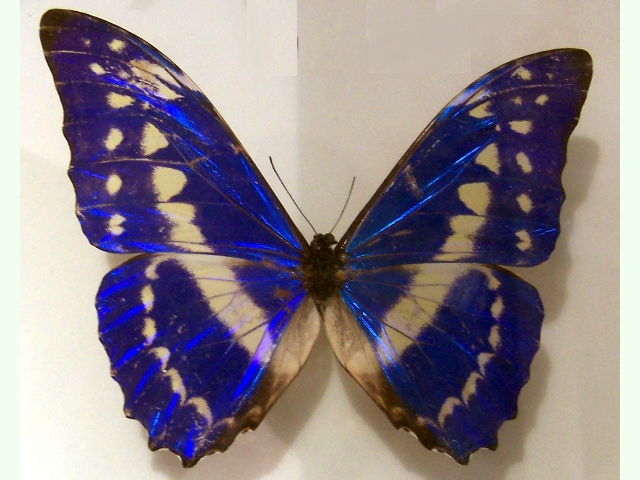“Life After Life” is a short
documentary inspired by Dr Raymond Moody's classical book of the same title.
Moody has spent decades researching and documenting “near death experiences”
(NDEs). He is featured in this program, discussing the NDE phenomenon with
filmmaker Peter Shockey. “Life After Life” also contain interviews with six
people who had near-death experiences. One of them is the controversial Dannion
Brinkley, author of “Saved by the Light”, who worked as Moody's secretary for a
period. Another is a former Soviet dissident, who claims to have been murdered
by the KGB! The documentary also mentions Carl Gustav Jung's NDE, described in
his book “Memories, Dreams, Reflections”.
“Life After Life” describes the various phases of an NDE, including the initial out-of-body experience, during which the dead person sees himself from the outside, the “tunnel of light”, the “life review” and the meeting with the being of light. None of the interviewees wanted to return to their mortal bodies, but were told to do so by the angelic being. While Moody's original book had described NDEs as wholly positive, some negatives are briefly mentioned in this documentary. Several of the persons interviewed experienced “Hell” as a kind of complete darkness and emptiness, or “separation from God”.
I read the book “Life After Life” about 20 years ago, found it intriguing, but then put it aside since it didn't compute with my atheist-materialist worldview. Brinkley's book I considered nuts! Today, I'm more positive towards this material. But then, I'm no longer a materialist.
NDEs are certainly strongly suggestive of the ability of consciousness to survive bodily death. While people often fill in the details based on their religious views or those of their surrounding culture (plain Christians see the Christ, Mormons see pre-existent souls, atheists see a nameless being freely based on Jesus-meek-and-mild from Sunday school), the NDEs do seem to follow a relatively consistent pattern. And yes, the out-of-body experiences are difficult to explain in a “materialist” manner – unless you postulate the existence of a body double made out of astral “matter” (whatever that might be).
“Life After Life” contains little that is new to those already familiar with Moody's work (and the work of other pioneers in this field, such as Melvin Morse or Michael Sabom), but it could be of some interest to those not previously exposed to the NDE phenomenon.

No comments:
Post a Comment